
Welcome!
Hope you’re enjoying spring! Longer days and warmer weather … what could be better? (Though here in Wisconsin, our temperatures are on a roller coaster as usual.) Also hope you’re still finding some time for quilting!
In the last few posts, I’ve shared some thoughts on creating your quilt tops, and what you should consider from a longarm perspective.
Now let’s look at preparing your quilt back. I know, “it’s just the back,” but it deserves some attention too … and again, there are a few things to consider for an enjoyable and successful longarm experience.
So, this post I’d like to talk about fabric options for your quilt back, standard width yardage versus wide backs, fabric preparation and quilt back size requirements.
(Next post I’ll continue with the ‘how to’s’ of piecing your back, squaring it and decisions related to how you load your quilt on the longarm frame.)
Backing Fabric Options
Just because your quilt top is complete doesn’t mean that you’re done choosing fabric. There are a variety of options for your quilt back as well.
Standard 100% Quilter’s Cotton
Not surprisingly, just as standard quilter’s cotton is used most frequently for quilt tops, it is also the most frequent choice for quilt backs.
Standard quilter’s cotton is stable, sturdy and breathable. It’s also soft (once any sizing is removed) and easy to handle.
And using standard quilter’s cotton for both your quilt top and back should allow for balanced shrinkage when washed.
Batik
Batik cotton is another option for your quilt back. Because it’s more tightly woven, it’s more stable to work with, but not as soft … at least not initially. And because we tend to love soft backing fabric, batiks usually aren’t a first choice for the back unless your top is also batik.
The tight weave of batik fabrics may present a little more of a challenge for your longarm machine when quilting as well.
Flannel
When it comes to 100% cotton, flannel tends to be your softest option. It’s a slightly heavier weave which adds weight, warmth and coziness! (It’s no wonder so many baby quilts are backed with flannel!)
The thing to remember with flannel is that it tends to shrink more than the other cotton fabrics.
Minky or Fleece
If you want an even softer, more plush fabric for backing your quilt, consider minky or fleece. These fabrics are synthetic, polyester-based so you lose the breathability of cotton but gain warmth and weight.
Because of the bulk and stretchiness of minky and fleece, they can be trickier to quilt on the longarm. And you’ll probably want to choose a simpler, more open design for your quilting.
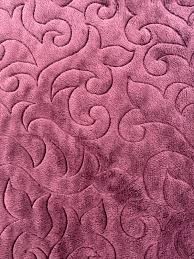
If you choose minky, you won’t see the actual stitching on your quilt back as it will be hidden by the plush fibers, but the design created by the stitching can add an awesome ‘wow’ factor to your quilt back!
These are just the most common quilt back options. If you have questions on other fabric possibilities, please reach out and ask!
Standard Width Yardage Versus Wide Back Fabric
When using cotton fabrics (standard quilter’s cotton, batik or flannel) for your quilt back, you can choose to use the standard 40”-45” yardage or wide back fabric.
Standard Width Yardage
Using standard yardage provides more opportunities for coordinating the fabric of your quilt back with that of your quilt top. It can be fun to choose fabric that comes from the same or a similar line as the fabrics in your top.
However, unless you’re making a small quilt, you’ll probably have to piece your quilt back. That means calculating the amount of fabric needed for the back, cutting the fabric and then sewing it together to create one piece large enough to do the job.
Piecing your quilt back gives you the opportunity to use up extra cuts of fabric you have on hand. You can also exercise your creative side. Piece together cuts that match your top or highlight a particular theme. Or simply use fun fabrics reflecting the recipient or quilter.
Another plus to piecing your quilt back is that you have more flexibility if you’re working with directional prints.
Wide Back Fabric
Okay, the obvious plus to using wide back fabric is that it saves you the time and effort of cutting and piecing your quilt back together.
However, there are other positives as well.
With no seam allowances on your quilt back, your finished quilt will have less bulk. Your quilt will lay flatter and may be easier for your longarm to quilt through. This may also reduce the chance of your quilt back puckering or shifting during quilting.
Some quilters feel wide back fabrics result in a ‘cleaner,’ more professional finish.
And using wide back fabric may also be more cost effective for larger quilts. While wide back fabric costs more per yard, using standard width yardage for queen and king-sized quilt backs can cost more due to the amount of yardage you’ll need.
Backing Fabric Preparation
Preparation of your backing fabric relates back to how you prepared the fabric in your quilt top.
Prewashing considerations
As a rule of thumb, prewash your backing fabric if:
- you’re using a cotton fabric for your quilt back, and you prewashed your quilt top fabric,
- you’re concerned about the colors in your quilt back bleeding (remember to use color-catcher sheets), or
- your backing fabric is likely to shrink more than your top fabric (e.g., your top is pieced out of standard quilting cotton and your back is flannel).
Don’t pre-wash your backing fabric if your quilt back and top are made of the same type of fabrics, and you didn’t pre-wash your quilt top fabrics. (This will allow for more uniform shrinkage when you wash your finished quilt.)
Pressing considerations
If your quilt back has deep wrinkles or has seams due to being pieced, press it. Minor wrinkles will come out once your quilt back is loaded onto the longarm frame, but deep wrinkles often don’t come out and can cause issues.
Make sure your seams lay smooth and flat for successful longarm quilting. (I’ll address options for pressing your seams in the next post. Stay tuned!)
Backing Fabric Size
When you’re longarm quilting, you need enough extra backing fabric at the top, bottom and sides to accommodate the space needed for the machine head to reach the edges of your quilt top without hitting the bars of the frame or side supports.
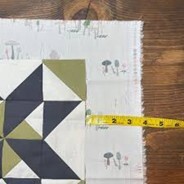
For smaller quilts (wall, baby, lap), make sure your backing fabric is a least 4” larger on all four sides of your quilt. (That’s a total of 8” wider than your quilt top and 8” longer than your quilt top when measured top to bottom.)
For queen-sized quilts, make sure your backing fabric is at least 5” larger on all four sides.
And for king-sized quilts, make sure your backing fabric is at least 6” larger on all four sides.
You need additional backing fabric as your quilt top gets bigger because the backing fabric tends to ‘shrink’ as it’s quilted … it’s ‘pulled in’ by the stitching.
It’s also possible that the backing fabric for larger quilts will experience more shifting during quilting. While it should be minimal, you want to have the fabric needed to account for it.
Any thoughts or questions on preparing your quilt back for longarm quilting? If so, please reach out. I’ll make sure to address them in the next post when I finish covering this topic.
Okay, so I’ll wrap up this post with the latest on our upcoming classes, events and sales!
Upcoming Classes
Quilt Path and Quilter’s Creative Touch Class
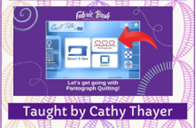
Quilt Path & Quilter’s Creative Touch (Elkhorn)
Saturday, May 10, 2025
9:00 AM – 4:00 PM
If you have the APQS Quilt Path computer system, this is the class for you!
Take your expertise with Quilt Path and Quilter’s Creative Touch Version 5 Pantograph to the next level!
You’ll learn about Batch Import, the Power Pantograph application, basic and advanced pantograph tools and how to use the eclipse plug-in.
**********************************************************************
Demo and Workshop with Sue Heinz (Appleton)
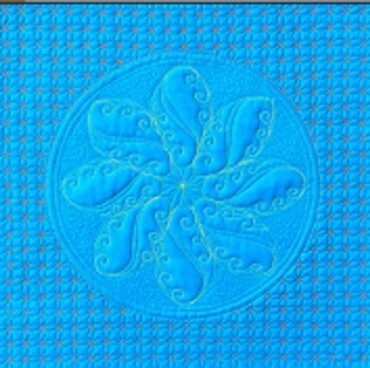
90-Minute Demo: You’ve Got a Friend Named Elmer
Friday, May 16, 2025
5:00 – 6:30 PM
Imagine a world where every seam you stitch is perfect … every block true to size!
Imagine never having to rip again!
Sue guarantees you will achieve your wildest piecing dreams when you use this simple technique that requires no pins, clips or gadgets!
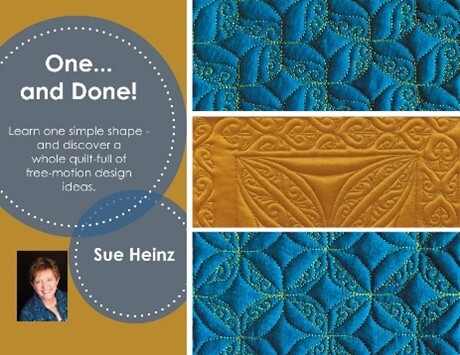
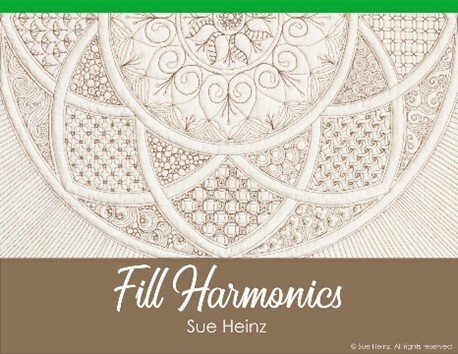
Day 1: Fill Harmonics
Saturday, May 17, 2025
9:30 AM – 4:30 PM
Day 2: One … and Done!
Sunday, May 18, 2025
9:30 AM – 4:30 PM
In Fill Harmonics, you’ll learn to create a symphony of background designs that harmonize well together on any quilt.
You’ll learn how to draw an array of Sue’s unique free motion and grid pattern backgrounds.
One … and Done will give you a new approach to custom quilting design. Sue will share her secret of using just one shape to fill an entire quilt with a variety of unique and harmonious blocks, borders, grids and designs.
Simple shapes, stunning results … and easy to master!
Click the links found above for even more information on these fantastic opportunities!
Upcoming Event
Here’s the next road trip on this spring’s calendar!
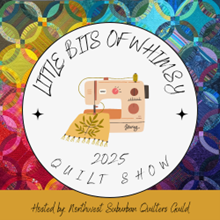
Northwest Suburban Quilters Guild – 2025 Show
Saturday, May 17, 2025
9:00 AM – 6:00 PM
Sunday, May 18, 2025
10:00 AM – 4:00 PM
Judson University
Lindner Fitness Center
1151 N State Street
Elgin, IL 60123
Admission: $8 per person, children 12 and under – free
Please join us if you can! Stop by and say hi!
Sales! Sales! Sales!
Check out Handi Quilter’s May sale!
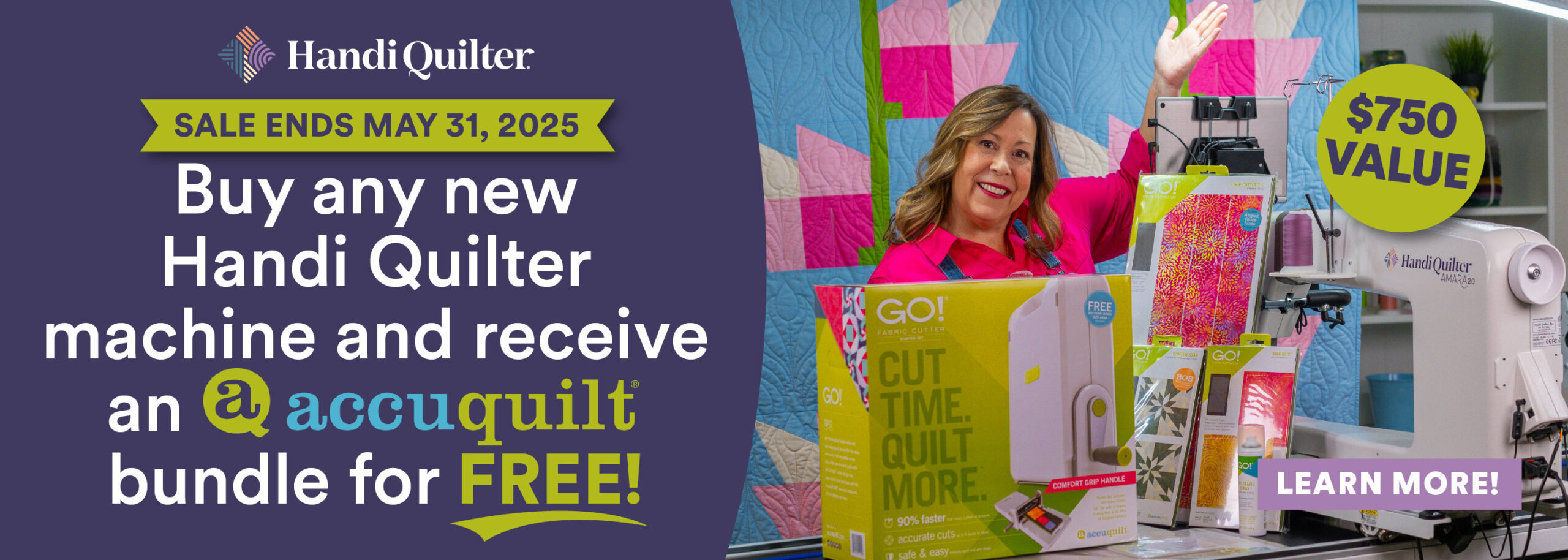
And APQS has extended this wonderful opportunity … but we don’t know for how long!
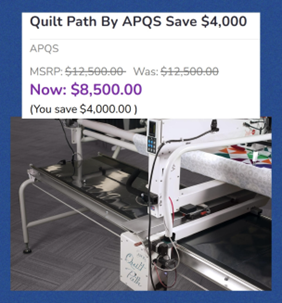
Please contact us for more details!
And that’s a wrap for this post!
Please remember, if you ever have ANY questions or want additional information about ANY of the products and services we offer, please call us at (262) 723-6775 or email us at info@QuiltingConnection.com.
You can also visit us online at QuiltingConnection.com or in person at 21 Adams Street in Elkhorn, WI (usually M-F 9-4, please call to confirm we’re open) or 1017 W. Northland in Appleton, WI (W, Th & F 10-4, S 10-3).
Finally, check out our blog at QuiltingConnection.com/blog and our Facebook posts.
And please share your thoughts and questions. I’d love to hear from you!
Angie

